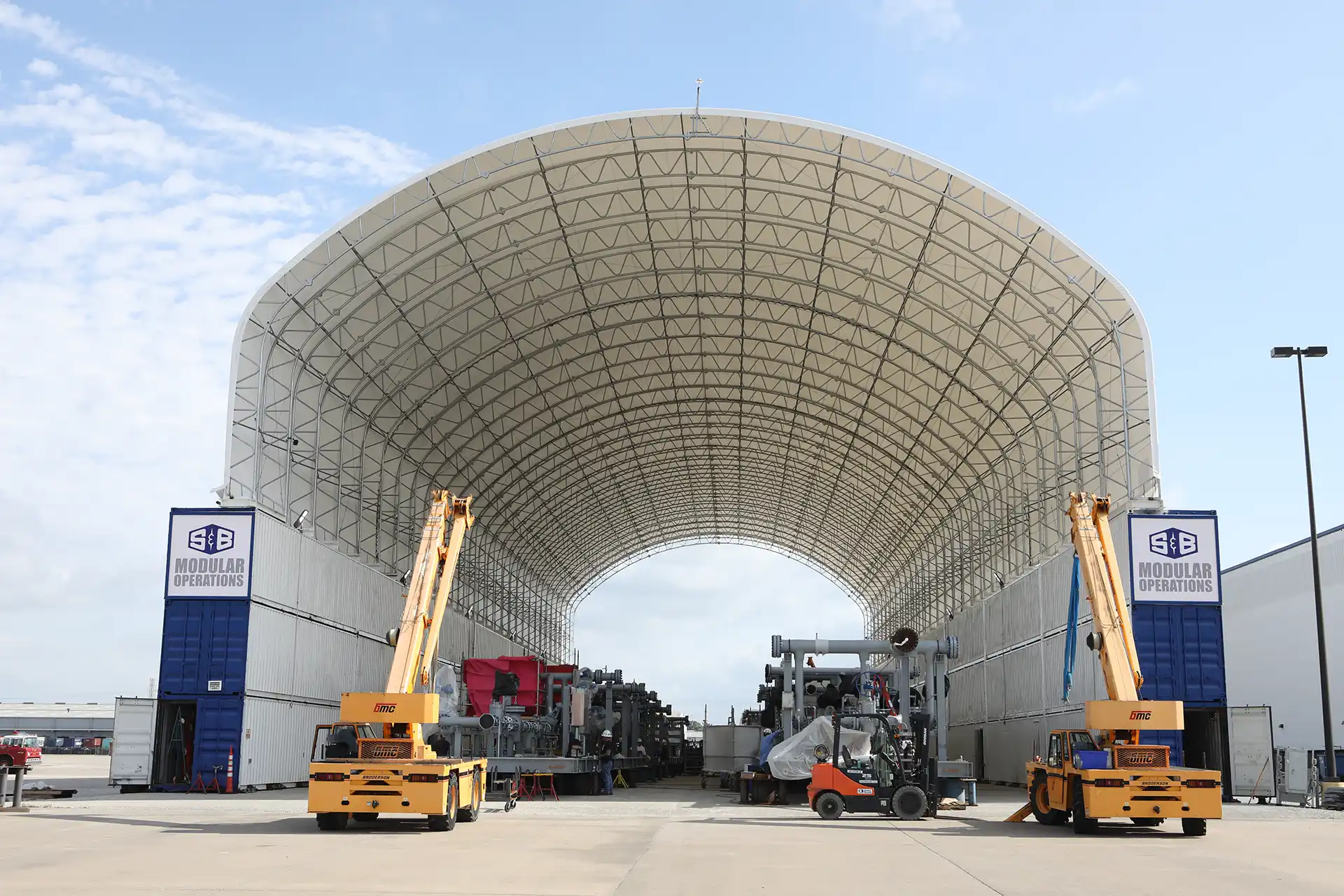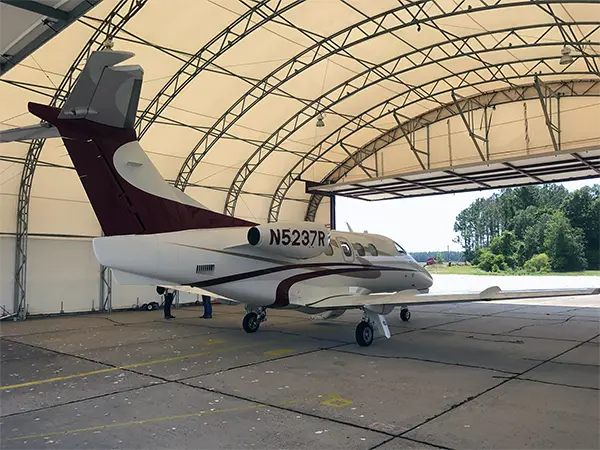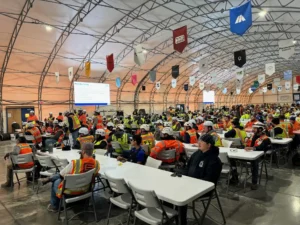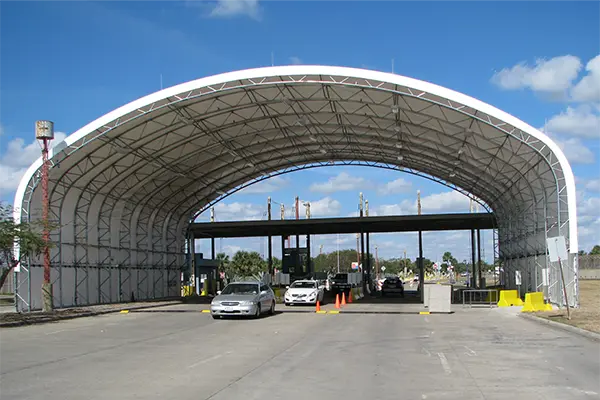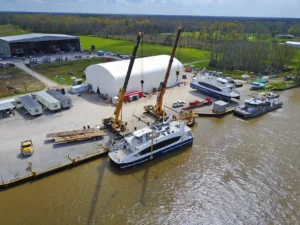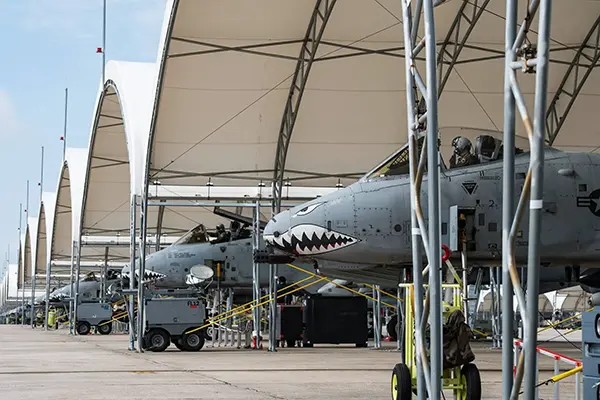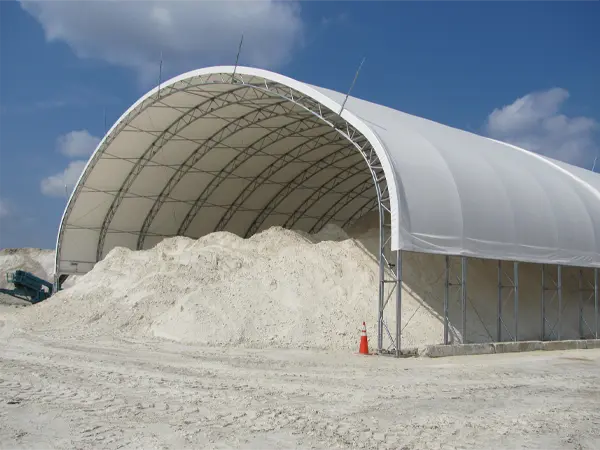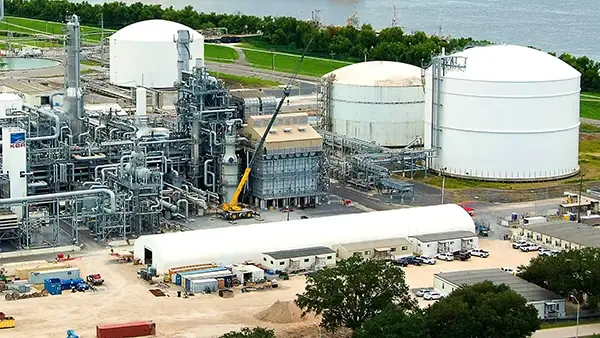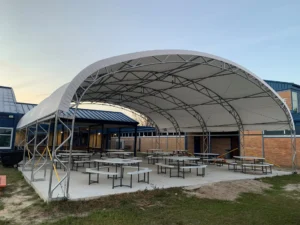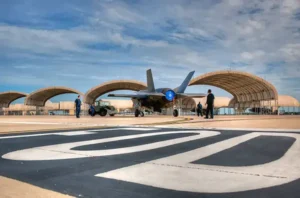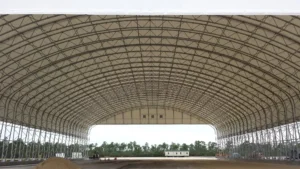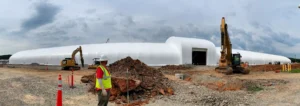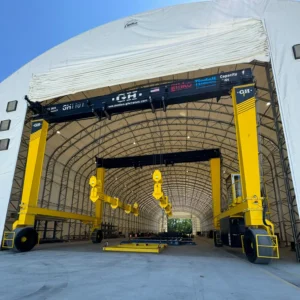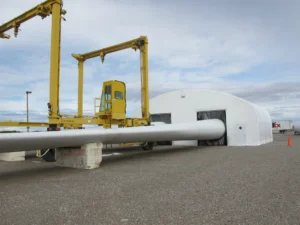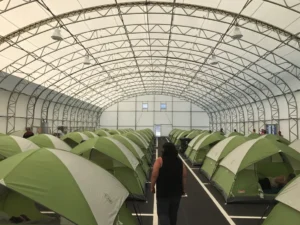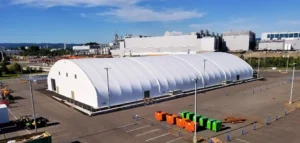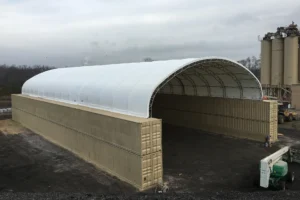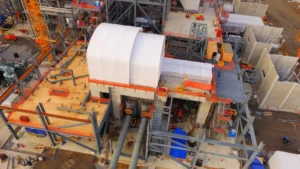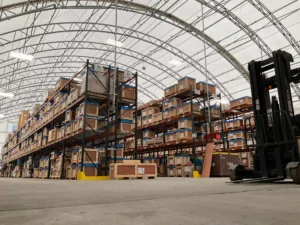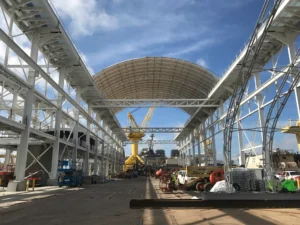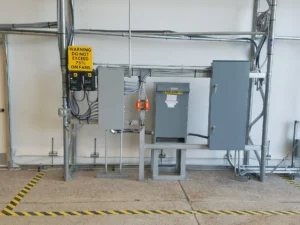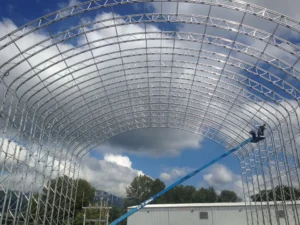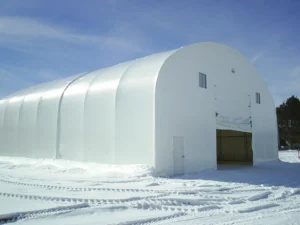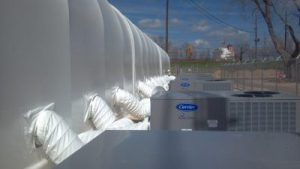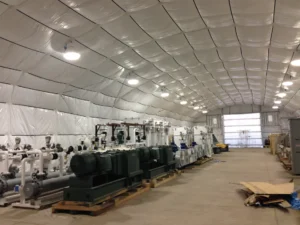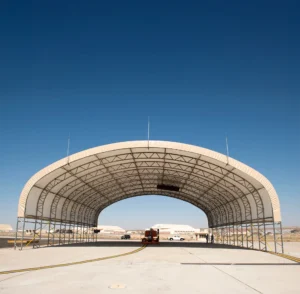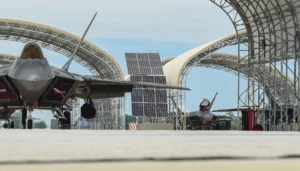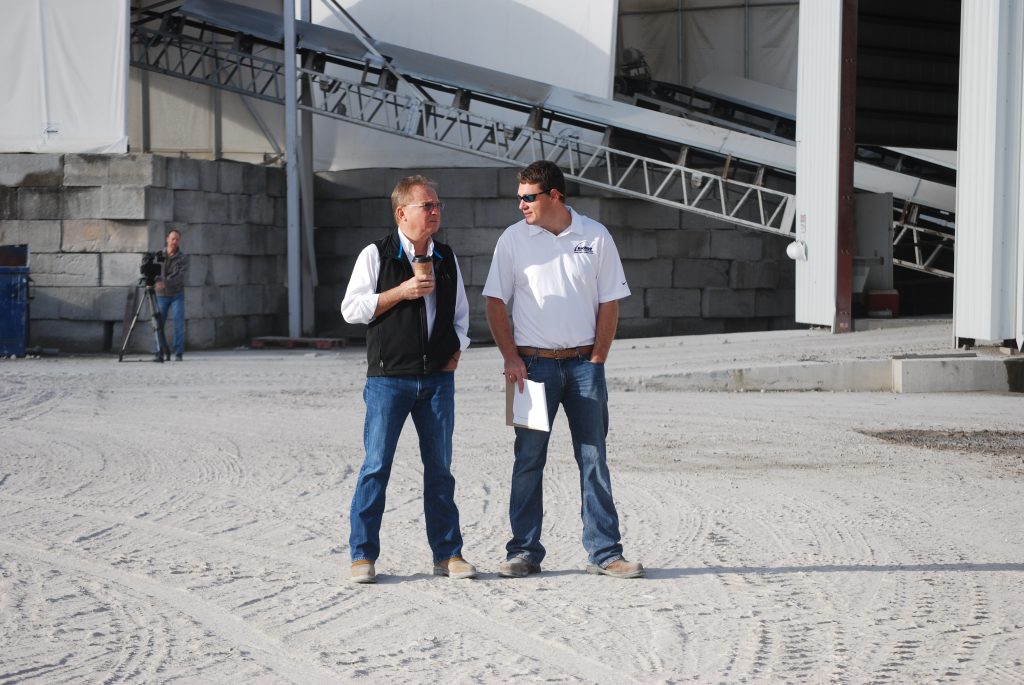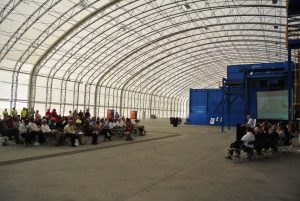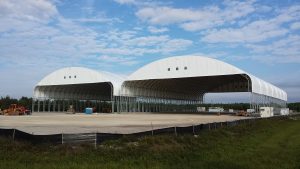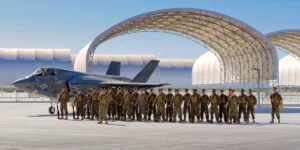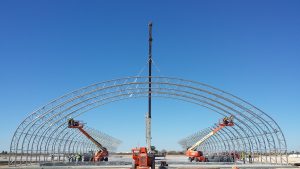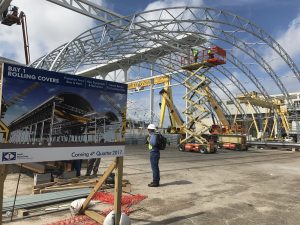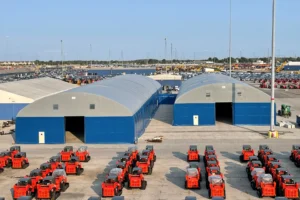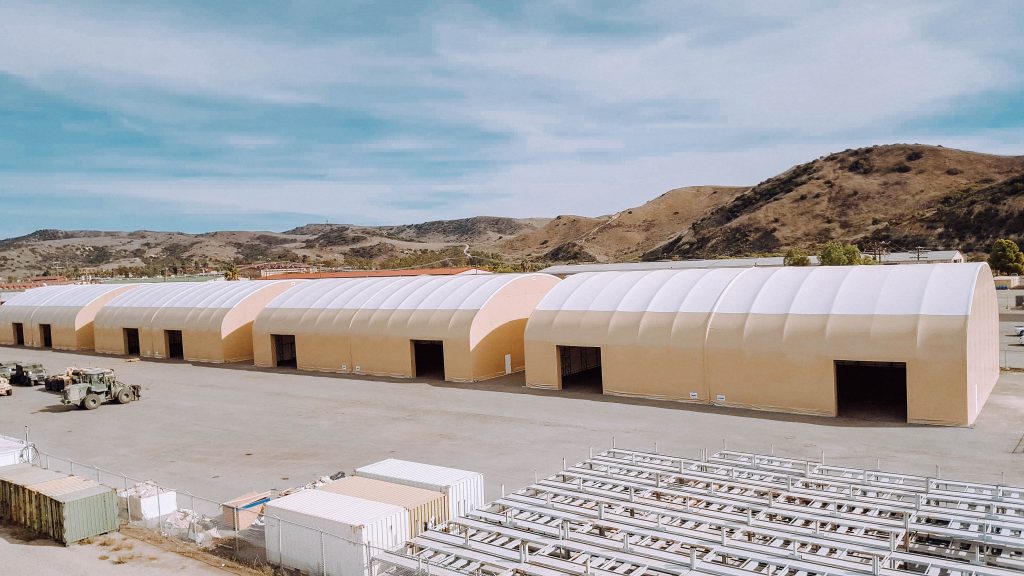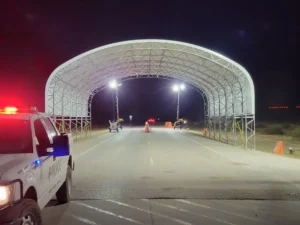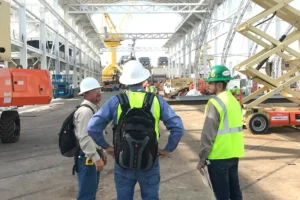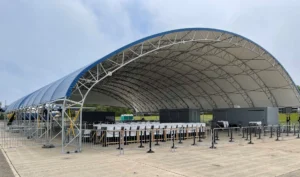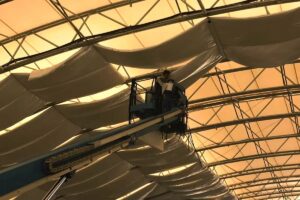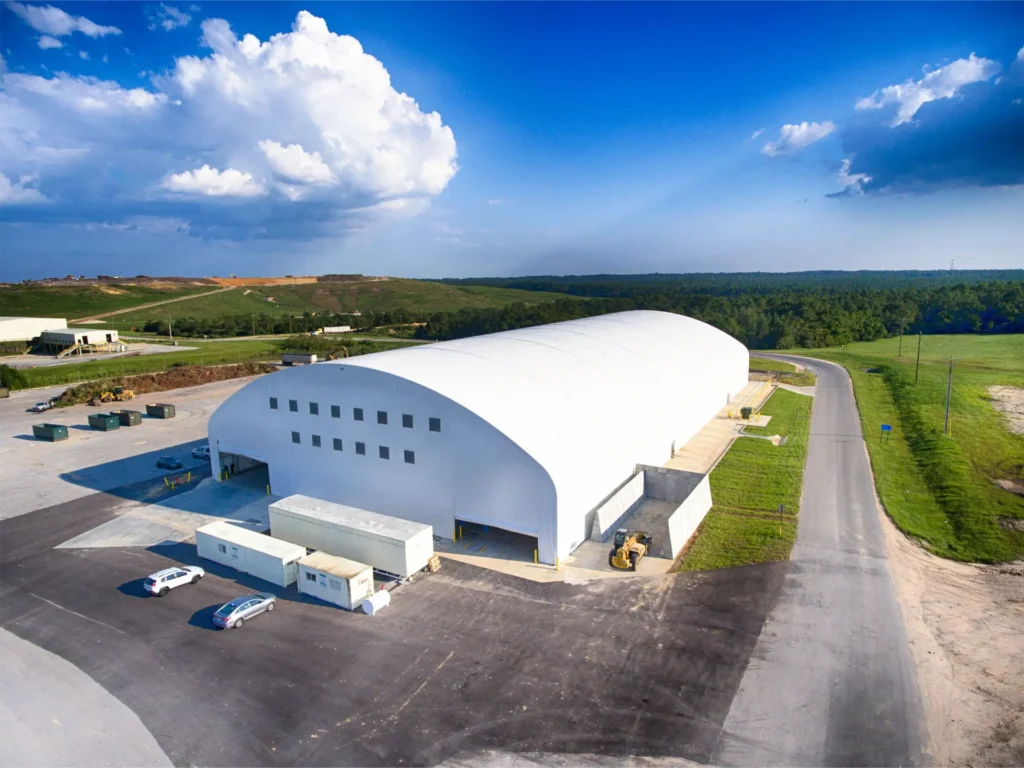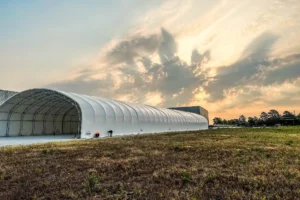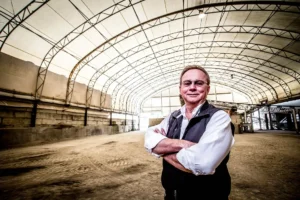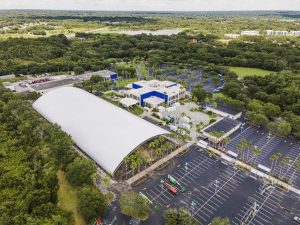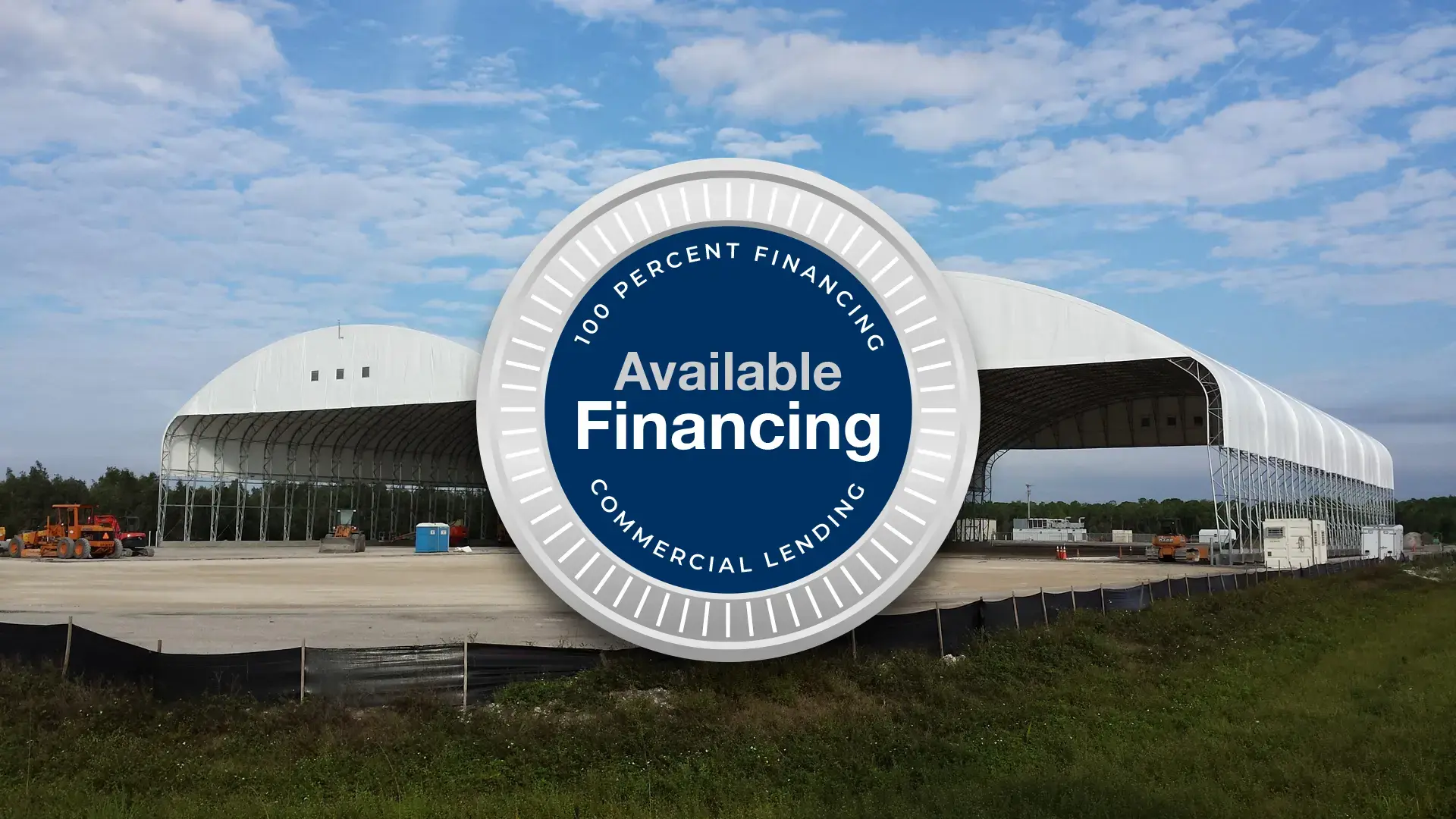Material choice is the cornerstone of a building’s longevity, functionality, and cost-effectiveness; steel buildings and fabric buildings are both popular options, each with unique attributes suited to different needs. Steel structures are lauded for their strength, durability, and resistance to the elements, while fabric buildings present a more lightweight, flexible, and often more economical alternative. If you’re unsure whether a steel or fabric building is best suited to your application, this comparison will guide you through what to consider.
What Are the Advantages of a Steel Building?
Steel buildings are synonymous with resilience and sustainability, and for good reason. One of the most compelling benefits is their exceptional lifespan; steel structures can endure for decades with minimal maintenance due to their resistance to weather and pests.
The versatility of steel also shines through in its design flexibility; it can cater to vast, column-free spaces, providing large, uninterrupted interior areas ideal for warehouses, aircraft hangars, and manufacturing plants. Additionally, the predictability of steel costs and the expedited construction times compared to traditional brick-and-mortar buildings add to its appeal as a cost-effective solution.
What Are the Advantages of a Fabric Building?
Fabric buildings, while different in their core materials, bring their own set of compelling advantages. Known for their natural light permeability, fabric buildings create a bright and airy environment that can reduce the need for artificial lighting, lowering energy costs.
Moreover, the flexibility of the fabric offers a quick and easy installation process, which can be a game-changer for projects with tight deadlines. This can also result in lower labor costs and the potential for relocation, offering adaptability that fixed structures simply cannot match. However, high-quality fabric structures are also easy to maintain and can be just as fire-, pest-, and weather-resistant as steel buildings. So, what is the difference between steel and fabric buildings?
Steel vs. Fabric Buildings
While both steel and fabric buildings offer astounding durability and flexibility, their main distinction lies in their lifespan. When we hear the term “temporary fabric building,” it may bring to mind a structure that doesn’t last very long. However, fabric buildings can last for decades and, with proper maintenance, can last well beyond 20 years. While these structures can last for some time, steel buildings do last longer and are often more suited to businesses that need permanent, long-term solutions.
Should You Choose a Steel or Fabric Building for Your Application?
We now know the differences between steel and fabric buildings, but what should we consider when trying to choose between them? How can we tell which structure is better suited for certain applications?
The decision between opting for a steel or fabric building ultimately boils down to the specific application and the priorities of the project at hand. If permanence and resilience are paramount, a steel building offers a tried-and-true solution, making it ideal for industrial or commercial spaces.
If you value speed of construction, flexibility, and cost-effectiveness, particularly for agricultural, sports, and temporary event spaces, a fabric building could provide the perfect balance between functionality and efficiency.
If your project requires the agility of fabric buildings, let Big Top Manufacturing provide you with top-quality, tailor-made temporary structures. Whether you need a wide-span interior for warehouse storage or a durable structure to protect aircraft or maritime vessels, our customizable fabric Quonset huts can protect your investments.
